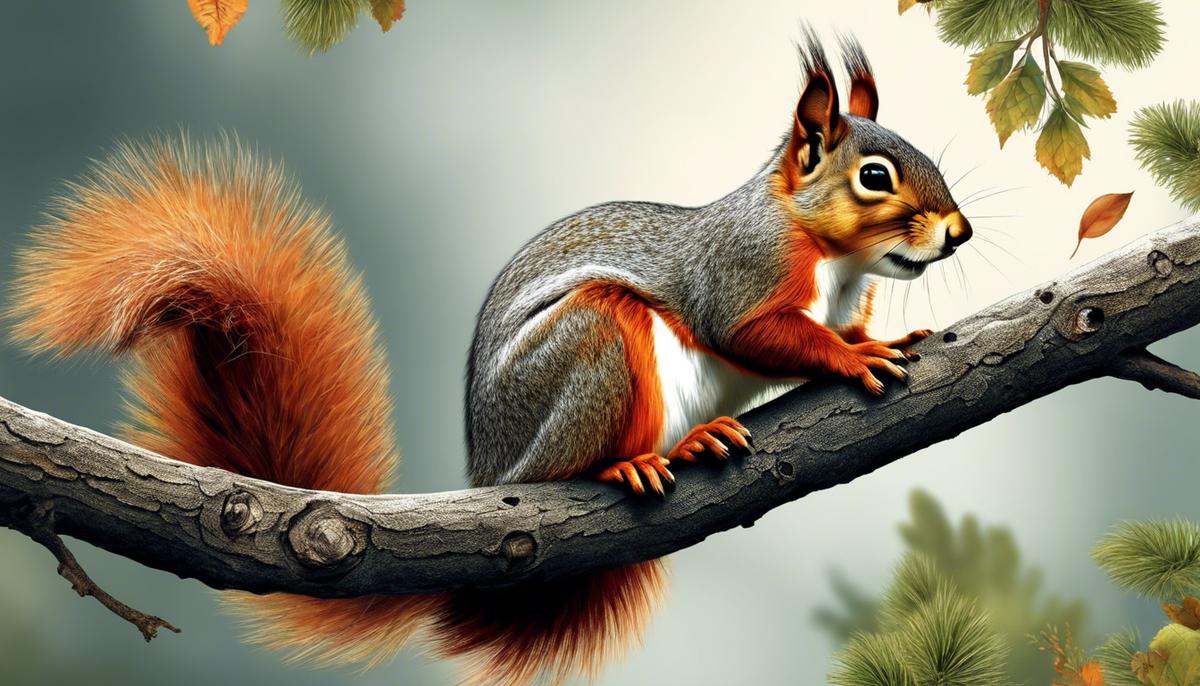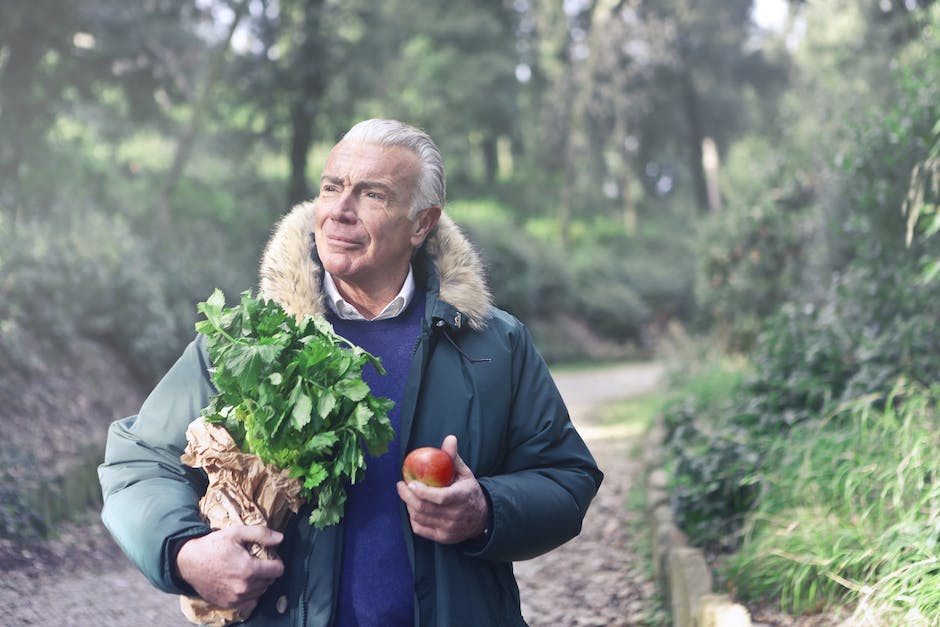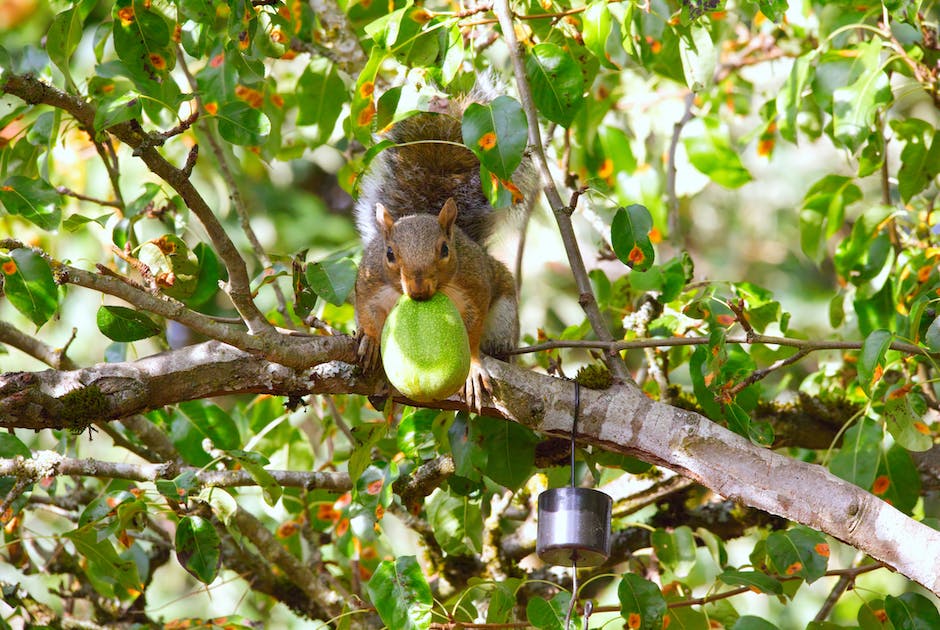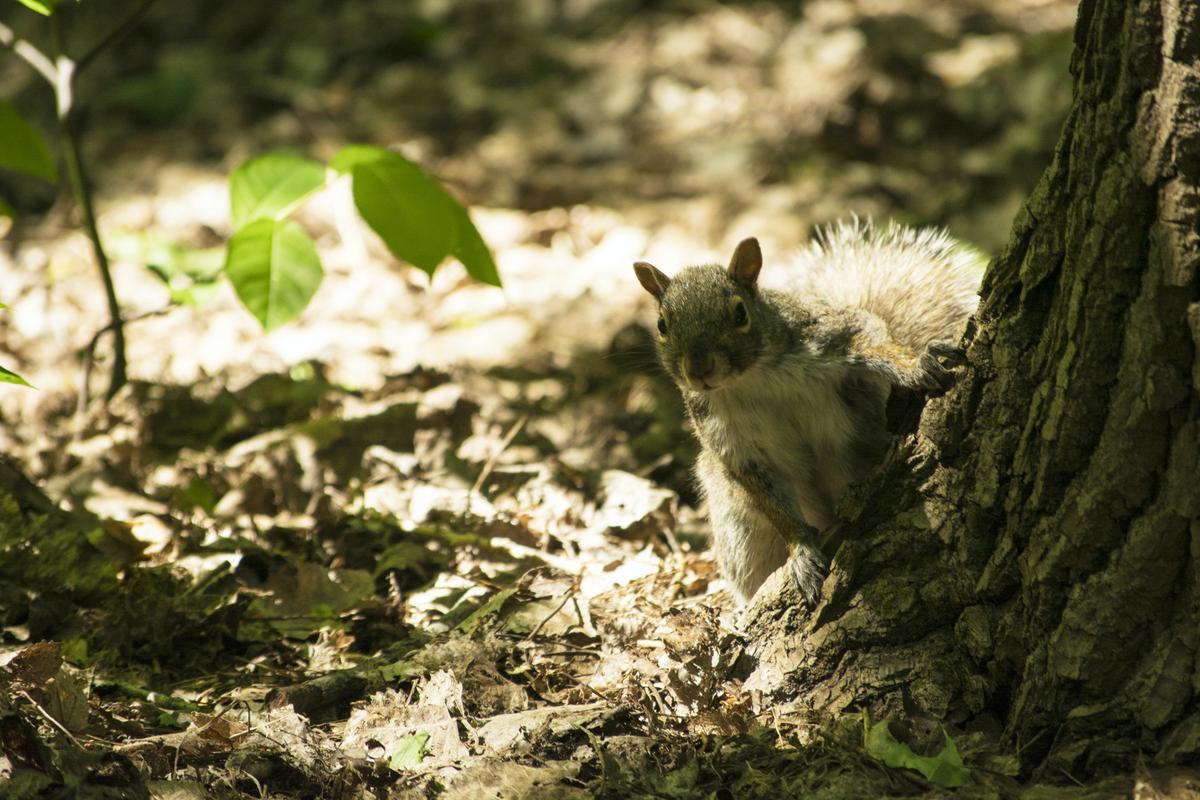Practical Steps to Keep Squirrels Out of Your Fruit Trees

With an enthusiasm for nuts and an astonishing ability to navigate obstacles, the humble squirrel is a common sight in many backyards. Yet, for those who take pride in their flourishing fruit trees, these agile creatures can become a nuisance. It’s important to understand not just the role squirrels play in local ecosystems, but also the behaviors that magnetize them to your fruit-filled branches. In this informative guide, we’ll delve into the world of squirrels, examining their dietary preferences, their nesting routines and the times of day they’re most likely to go foraging. Once we’ve gained a solid understanding of our furry aggressors, we’ll explore a variety of ways you can protect your fruit trees, ranging from squirrel-proofing tactics to physical barriers.
Understanding Squirrel Behavior
Headline: Unmasking Squirrel Shenanigans: Protecting Your Fruit Trees from these Furry Foes.
If you’re an avid gardener who cherishes every string bean, plum, or apple that your garden produces, you’ll thrive on discovering the intriguing world of squirrel behavior. Understanding the common habits of these seemingly adorable creatures is key in safeguarding your carefully tended fruit trees from their foraging tendencies.
Squirrels, by nature, are opportunistic foragers. Although they primarily munch on a nut-based diet, don’t be fooled by this seemingly innocent facade. Your sun-ripened fruits are just as appealing to them. To put it simply: if a squirrel can get to it, a squirrel will eat it.
Bark Stripping:
Squirrels are notorious bark biters, a behavior that can wreak havoc on your fruit trees, specifically during winter or early spring. This seemingly destructive behavior is usually driven by a lacking diet and can lead to severe damage or even death of trees.
Territorial Marking:
Two words: scent marking. Squirrels are territorial creatures and will gash the bark of a tree with their teeth to mark their claim, releasing a scent we humans cannot detect. This damage can albeit minimal, lead to the onset of diseases and infections.
Nest Building:
Catch sight of a squirrel skittering across your garden with a mouth crammed with leaves? It’s most likely building a nest or, in squirrel speak, a drey. While squirrels prefer building dreys in the fork of a tree, they have been known to hollow out sections of a tree trunk. Over time, this can weaken the tree, making it susceptible to storm damage or other diseases.
Seed and Fruit Predation:
Finally, and perhaps most frustrating to the hands-on gardener, is a squirrel’s insatiable love for your fruit. Avid climbers, they’re equipped to ascend the highest branches and easily feast on your almost-ripe fruits. With their sharp teeth and claws, they can cause a fair amount of damage to both fruit and tree.
With a better understanding of these common squirrel behaviors, you as a gardening enthusiast, can make knowledgeable choices, developing strategies to deter this furry garden mischief. Always remember, we share our world with the squirrels, and a balance must be struck between our love for our gardens and their natural survival instincts.

Implementing Squirrel-Proofing Tactics
Enhancing Fruit Tree Health: Deep-Diving into Squirrel Behavior
While we’ve already mentioned squirrels as opportunistic foragers, let’s now delve into their eating patterns. Understanding their preferences can equip you with the necessary knowledge to curb their destructive behavior, thus ensuring your fruit trees have a higher survival rate.
In their quest to exist, squirrels naturally gravitate towards certain foods. Among the various varieties of nuts, squirrels typically show a high affinity for both walnuts and acorns. Developing an altitudinal buffer can thus, in many instances, divert their attention from your treasured fruit trees. However, these creatures display an agile browsing ability across a staggering array of tree species when nuts are scarce, focusing particularly on succulent, young foliage, and tree buds.
Let’s get down to the nitty-gritty of the damage caused by bark stripping. Beyond the visual aesthetic harm, it poses considerable risks to the structural integrity of the fruit trees. Bark removal exposes the trees’ functional tissues to various pathogens, which can cause a range of diseases. It could also pave the way for parasites, which could further debilitate the tree’s overall health and productivity.
Investigating squirrel territorial behaviors opens another facet of knowledge. As part of their marking behavior, squirrels create scratches and scars on trees, potentially transmitting diseases and infections. It isn’t uncommon for fungal infections to spread across the tree, leading to dieback or even tree death.
The construction of a squirrel’s drey, or nest, can also pose a hidden threat to tree strength. The incessant gnawing to collect materials for nest building weakens the branches. Additionally, over time, their weight and the continuous clawing at the same spot might lead to the breaking off of significant branches.
In reference to seed and fruit predation, it’s important to remember that while we often complain about squirrels pilfering from our fruit trees, they’re actually playing an active role in seed dispersal. However, the flip side is that their relentless gnawing and digging activities can cause immense damage, often wiping off whole sections of a fruit crop.
Last but not least, let’s put strategies for deterring squirrels under the spotlight. It’s not about declaring war, but building a peaceful, symbiotic relationship. Pepper-based sprays, netting the fruit trees, or using squirrel-proof bird feeders can effectively deter squirrels without causing them any harm. Introducing natural predators, such as a domesticated cat, is another effective strategy.
Armed with a deeper understanding of squirrel behavior, fruit tree enthusiasts can cultivate plausible strategies to protect trees and crops better. Using these strategies encourages a harmonious coexistence, safeguarding our love for both biodiversity and a fruitful harvest.

Setting up Squirrel Barriers
Squirrel barriers, when used effectively, can provide a great deal more protection to your home garden, and they’re certainly a crucial element to consider when looking to protect your precious fruit trees. Whether you’ve tirelessly grown apple, pear, or cherry trees from scratch, or you’ve inherited a rich garden patch full of delectable fruits, squirrel barriers can provide the next level of security that your green area needs.
The efficiency of squirrel barriers is marked with substantial success stories. Where squirrels are known for their expert climbing and flexible navigation skills, squirrel baffles – essentially rounded or conical obstacles inserted on a tree trunk – can prevent these furry creatures from ascending trees. They work on a simple principle – disrupt the squirrel’s line of ascent and confuse them to look for alternatives, which usually are not there!
To set squirrel baffles up, first, determine the correct height. The ideal height for placing a baffle would be 4-5 feet from the ground, enough to disrupt the squirrel while being high enough to keep out of reach. Wrap them around the trunk tightly, ensuring there is no gap. Remember, squirrels move with impeccable dexterity!
For those adept hobbyists out there, DIY squirrel baffles are a viable option. With a little bit of crafting ingenuity, making a squirrel baffle home from sheet metal or even plastic can be a productive pastime.
But when trees are quite close to each other, squirrels can jump from tree to tree, rendering the baffles pointless. Here’s where tree netting comes into play. This is a simple mesh cover that envelops around the fruiting area of the tree, acting as a physical barrier between the squirrel and fruits. Given its simplicity, setting it up is a breeze, but it requires attentive maintenance.
Another method is using squirrel-proof bird feeders. Since bird feeders are quite captivating for squirrels, it’s wise to opt for feeders designed to shut down the feeding ports when they detect heavier weights such as a squirrel.
Remember that deterrents, repellents, and barriers are most effective in combination and depend heavily on your specific situation. Also, make sure to install these measures early, even before you notice squirrel activity in your area. Prevention is indeed better than cure, after all!
In conclusion, don’t be disheartened if the first method you apply does not bear desired results. Squirrels are tenacious, and it might require a blend of methods and some patience to finally see progress. You’ve got this, fellow hobbyist! Go ahead, safeguard those succulent fruits, and keep the harmony between your garden and its wildlife intact!

Photo by jv_photographer on Unsplash
Despite the inconvenience they cause, squirrels play an important role in our areas’ ecosystems and deserve to be treated with mindfulness and respect. They can act as natural pruners, aid in seed dispersal and provide a source of prey for predators. Nonetheless, having put the effort into maintaining your fruit trees, it’s only right that you have the means to protect them. By comprehending squirrel behavior and implementing measures such as protective nets, deterrent sprays, and physical barriers, you can ensure a fruitful harvest season. It’s a question of balance, and with the knowledge shared in this guide, you’re well-equipped to cultivate a harmonious coexistence with your resident squirrels.



